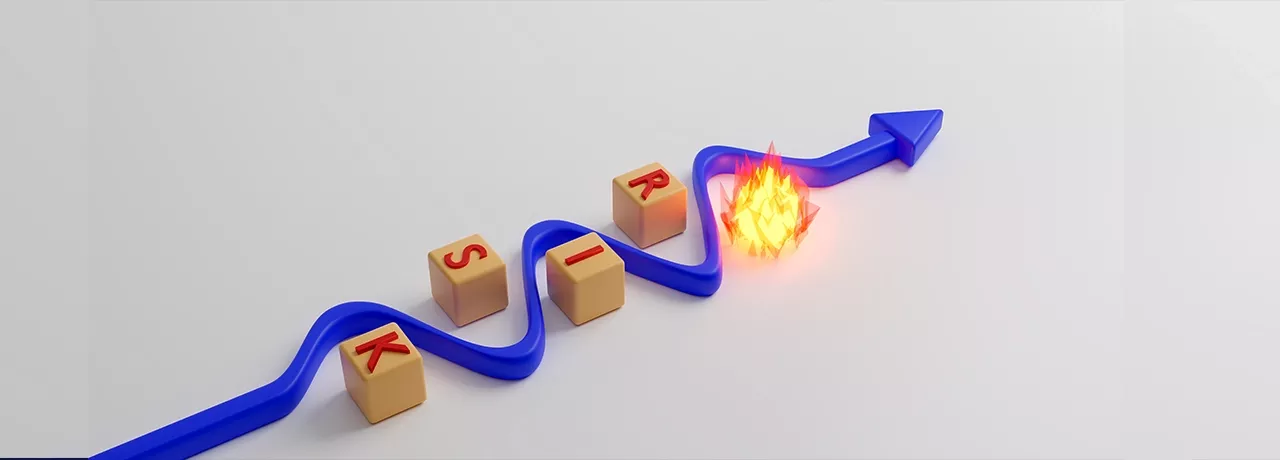
Pitfalls to Avoid when Implementing a Rewards & Recognition Program
December 29, 2023
By Kelly Briggs
Although most recognition programs are rooted in good intentions, some are sparked by an event — poor scores on an employee survey, for instance — that prompts HR managers to “do something.” Everything about the program is driven by a sense of urgency. As a result, quickly formed rewards and recognition programs often lack strategic focus and fail to deliver effective results.
Here are several typical reasons:
- Rush to launch: No planning time was allocated for program development. A few Google searches and a quick purchase of some rewards and/or awards was the extent of program planning. These programs typically omit (forget?) communication, resulting in lackluster participation and employee frustration.
- Uncoordinated programs: No resources have been dedicated to the program. These programs are often informal in nature and delivery. There may have been momentum and a mandate from leadership to “do something,” but resources were not dedicated to manage the program and it languishes. With these programs, there is often confusion about program ownership, and who — if anyone — is in charge.
- Stolen budgets: No money is allocated to the program. Without an “official” budget, money is often scraped together from other departmental budgets — marketing, training, education, or miscellaneous funds — and it’s typically not enough. Especially when those departments are not made aware that the money has been “re-allocated.”
- Not aligned to mission and vision: No goals are established for the program. Because budding programs are often a reactionary tactic to an event rather than a result of thoughtful strategic planning, they usually lack purpose and aren’t aligned with the corporate mission or values. They lack connection to the organization’s purpose and are often perceived by employees as inauthentic.
What can you do to sidestep these pitfalls and either help your rewards and recognition program get started on the right foot, or take it to the next level?
1) Establish a baseline
Get a strategic assessment of wherever your program stands today — formal or informal, the good, the bad and the ugly. Having a baseline from which to objectively measure your program will give you both immediate and long-term benefits:
- Immediately: you’ll get a complete picture of your program and see where you are excelling and where your program is falling short
- Long-term: you’ll have a baseline from which to measure your program improvements and growth over time
The Inspirus Maturity Matrix Program Assessment is one objective tool that can help you do just that (and it’s free).
2) Seek feedback in all areas
Make sure you assess all areas that impact program success including strategy, leadership, workforce segmentation, education & training, technology, data & reporting, communication, engagement & measurement, and finance & budget. Getting a well-rounded view of your program will help you understand it holistically, not just in parts.
3) Prioritize focus
Once you’re clear where your program stands, assess the gaps, and focus on improving the three most underperforming areas. Don’t try to boil the ocean, work on bite-sized chunks.
4) Take action
Work with your recognition service provider to gather recommendations on how to improve the three areas you’ve identified as needing the most help. For example, if you’re falling short in the technology area, you may need to perform a technology and usage needs assessment or consolidate your technologies into one platform. Or, if you are having difficulty with program adoption, you may need to develop a segmented communications plan that addresses different employee types and caters to their communication style and preferences.
5) Monitor results
Once you’ve implemented corrective actions, re-assess your program again in six months to a year. Communicate with your service provider what Key Performance Indicators (KPIs) you would like to analyze, so they can prepare reports based on your needs. Good indicators of a successful program are employee interaction, employee feedback and employee participation. The program comparison will show you how you’ve fared and will likely shed some light on what new areas you can shift your focus towards.
Successful rewards and recognition programs require thoughtful planning and steady vigilance. Recognizing that improvements will need to be made, and knowing when and how to respond, will guide your rewards and recognition program to success. And don’t forget, lean on the expertise of your rewards and recognition service provider for support and guidance — it will help you get the most out of your program and achieve optimal success.




